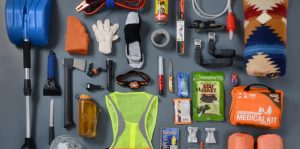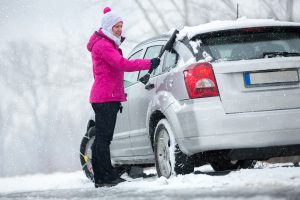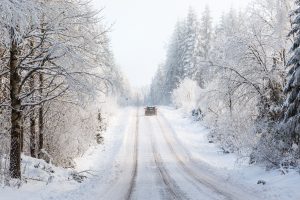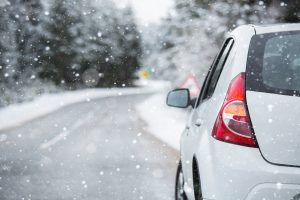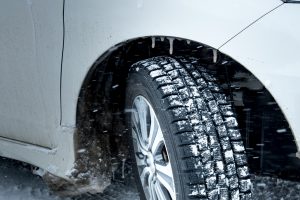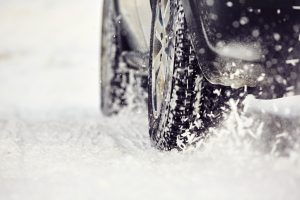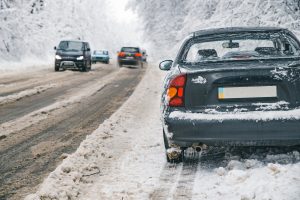
Winter Driving Tips
As a kid, you got excited when the school closed due to an unexpected winter storm, and you would spend the day outside building a snowman, drinking hot chocolate, and watching cartoons. As an adult, you now dread severe weather reports because you now worry about road conditions to and from work. When the winter weather starts to set in, it’s a good time to review these winter driving tips:
Prep Your Car for Winter
Before any snow, make sure your car is prepped and ready for winter:
- Tires: Fill up the air in your tires and check them periodically throughout the winter. If they are over-or under-inflated, they won’t grip the road properly. You can easily check your tire pressure at a free tire air pump found at your local gas station or car shop.
- Oil & Antifreeze: Change your oil and antifreeze. Regular maintenance to your vehicle can help prevent any car troubles during winter driving.
- Wiper Blades: Before winter starts, get new wipers that are specially designed for winter. The ice and snow in winter will damage regular wiper blades much faster than those manufactured to withstand cold temperatures and frozen windshields.
- Winter Emergency Kit: keep a winter emergency kit in your car that includes:
- Ice Scraper
- Windshield wiper fluid (make sure it includes the de-icer)
- Flashlight
- Jumper cables / Jump starter box
- Shovel
- Sand/Rock salt/Kitty litter
- Blanket
- Non-perishable snacks (granola bars, beef jerky, trail mix, etc.)
- Cell Phone Charger / External battery charger
Driving in Icy Conditions
If you’re driving in the snow, take extra precautions. If you can, start your car early and turn the heat and defrosters on. Then get out and scrape the snow and ice off all the headlights, taillights, mirrors, and windows. Next, remove the snow from the roof of your car and hood to maintain visibility.
Distance Yourself from Others
As you’re driving, keep a larger distance than usual between your car and the car in front of you. In the case that you are breaking, and your car starts sliding, the extra distance will help prevent an accident.
Pump the Breaks
It’s important to know what type of breaks your car has. If it doesn’t have an anti-lock break system (ABS), you need to pump the breaks in order to stop on ice or snow. If you do have ABS, break as your normally would. If you pump the breaks when you have ABS, it will disengage the ABS system. In all cases, try to avoid slamming on the breaks, even if the weather is good.
Driving on Ice
Hitting a patch of ice or driving too fast for road conditions can send you spinning. Even when driving carefully, it can happen during a turn or if you are trying to avoid hitting something. If you find yourself in a slide, turn your steering wheel in the opposite direction. (Example: If sliding to the left, turn your steering wheel to the left).
Don’t Use Cruise Control
Lastly, don’t use cruise control. It is dangerous to use cruise control in the snow, ice, or even rain because it can cause hydroplanes or skids. If this happens, you will most likely lose control of your vehicle because you are still driving at a constant speed while the ice/water/snow is accelerating the spinning of your wheels.
What To Do If You Get Stuck in the Snow
The number one rule if you get stuck in the snow is don’t hit the gas – it will only spin your tires and get you stuck deeper. Instead, get out and use the shovel from your emergency kit to remove the snow from around your tires. Next, pour some sand, rock salt, or kitty litter in front of and behind your tires for traction. Slowly start your vehicle and use the traction to leverage your car out of the snow.
We always recommend that it’s best to stay home if it’s not necessary to drive in bad weather conditions. But if you do have to go out, allow yourself extra time to reach your destination and review your car’s auto policy each year to make sure you are covered for winter driving conditions.

